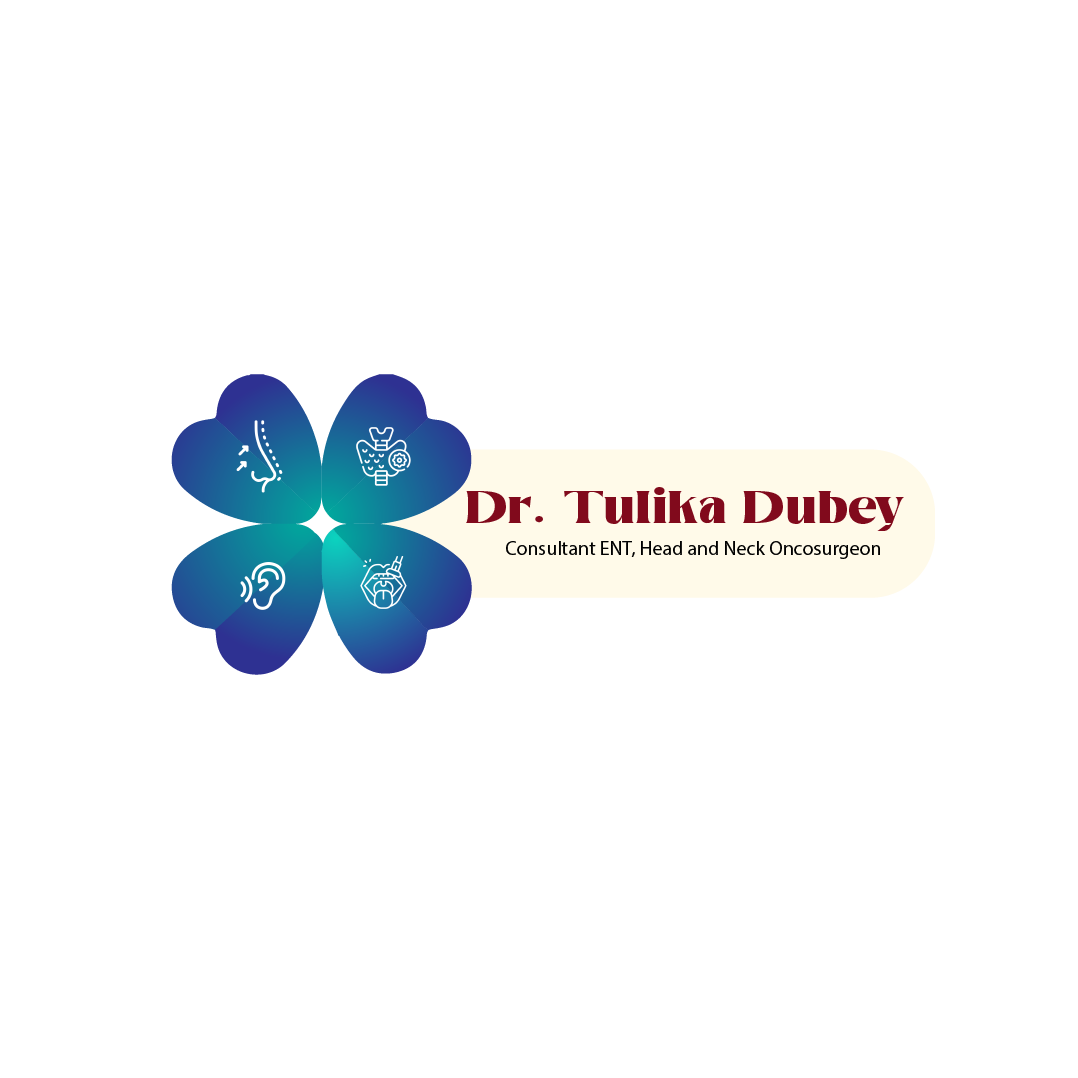Head and neck cancers (HNCs) are among the most prevalent malignancies in Nepal, significantly affecting public health. These cancers commonly develop in the mouth, throat, voice box (larynx), salivary glands, and nasal passages, causing severe functional impairments if left untreated. According to a study conducted at a national tertiary cancer hospital in Nepal, head and neck cancers accounted for 16.4% of all newly registered cancer cases between 2012 and 2017. Among these, lip and oral cavity cancers were the most common, making up 46.5% of the total cases, followed by cancers of the tonsil and pharynx at 18%, and laryngeal cancer at 15.8%. This data underscores the increasing burden of head and neck cancers in Nepal, emphasizing the need for specialized treatment and early intervention.
One of the primary causes behind the high incidence of head and neck cancer in Nepal is the prevalent use of tobacco and betel nut products. Studies indicate that tobacco consumption is responsible for nearly 80% of oral cancers, making it a significant public health challenge. Additionally, alcohol consumption has been identified as a major risk factor, with studies showing that excessive alcohol intake, combined with smoking, significantly increases the likelihood of developing head and neck cancers. Another emerging concern is the link between Human Papillomavirus (HPV) and oropharyngeal cancers, particularly among younger individuals. Poor oral hygiene, exposure to environmental pollutants, and a lack of awareness about early symptoms further contribute to late-stage diagnoses, reducing the chances of successful treatment.
The Growing Need for Advanced Head and Neck Cancer Treatment in Nepal
Despite the alarming rise in cases, head and neck cancer treatment in Nepal has improved over the years, with the introduction of advanced therapies and the expertise of oncologists like Dr. Tulika Dubey. However, challenges remain, particularly in rural areas where access to specialized oncology care is limited. A significant number of patients are diagnosed at an advanced stage due to delays in seeking medical attention. Studies indicate that nearly 60% of head and neck cancer patients in Nepal present with stage III or IV disease, which significantly reduces survival rates and complicates treatment.
To address these challenges, Dr. Tulika Dubey, a leading ENT and head and neck oncosurgeon in Nepal, has been pioneering efforts to provide specialized, patient-centric cancer care. With her extensive expertise in surgical oncology, she ensures that patients receive the most effective treatment plans, combining surgery, radiation, and chemotherapy to enhance outcomes. Her work is crucial in bridging the gap in oncology care and improving survival rates for head and neck cancer patients in Nepal.
Surgical Advancements in Head and Neck Cancer Treatment
Surgery remains a primary treatment modality for oral cancer treatment in Nepal, particularly for localized tumors. The evolution of minimally invasive surgical techniques has led to improved patient recovery times, with fewer complications and better functional outcomes. One of the key challenges in head and neck cancer surgery is the preservation of essential functions such as speech and swallowing. Dr. Tulika Dubey specializes in microvascular reconstruction, a technique that helps restore both function and aesthetics following tumor removal. This procedure significantly improves the quality of life for patients undergoing major head and neck cancer surgeries.
Additionally, Nepal has seen an increase in the availability of robotic-assisted surgery, which allows for greater precision in tumor removal while minimizing damage to surrounding healthy tissues. However, the accessibility of such advanced surgical options is still limited to major hospitals in cities like Kathmandu and Pokhara, making it difficult for rural patients to receive timely surgical interventions.
The Role of Radiation Therapy in Treating Head and Neck Cancer
Radiation therapy is an integral part of head and neck cancer treatment in Nepal, either as a primary treatment for early-stage tumors or in combination with surgery and chemotherapy for more advanced cases. Technological advancements such as Intensity-Modulated Radiation Therapy (IMRT) and Image-Guided Radiation Therapy (IGRT) have significantly improved treatment accuracy, reducing radiation exposure to surrounding healthy tissues. These advanced radiation techniques are now available in some of Nepal’s top cancer hospitals, making precise and effective treatment more accessible.
A study conducted in Nepal on cancer patients undergoing radiation therapy revealed that nearly 40% of head and neck cancer patients benefited from combined radiation and chemotherapy, achieving better survival rates compared to those receiving only one form of treatment. However, accessibility remains a concern, as many hospitals lack the necessary infrastructure to offer these advanced radiation techniques, particularly in remote areas.
Chemotherapy and Targeted Therapy in Head and Neck Cancer
Chemotherapy is often used in conjunction with surgery and radiation, especially for advanced-stage cancers or cases where surgery is not feasible. It involves the use of cytotoxic drugs to eliminate cancer cells, but its effectiveness varies depending on the stage and location of the tumor. In Nepal, chemotherapy is widely available in major oncology centers, though access to high-quality medications can be a challenge for many patients due to financial constraints.
Recent advancements in targeted therapy and immunotherapy are providing new hope for head and neck cancer treatment in Nepal. These therapies work by attacking specific cancer cell markers, minimizing damage to healthy cells, and reducing the side effects commonly associated with traditional chemotherapy. Although still in its early stages in Nepal, targeted therapy has shown promising results in clinical trials, improving survival rates and patient outcomes. The challenge remains in making these advanced treatments more affordable and accessible to the general population.
Challenges in Head and Neck Cancer Treatment in Nepal
Despite significant progress in oncology care, several challenges continue to hinder effective oral cancer treatment in Nepal and other forms of head and neck cancer therapy. Late diagnosis remains a major issue, with many patients only seeking medical attention when their cancer has reached an advanced stage. Limited access to specialized treatment centers, especially in rural areas, further complicates the situation. While major hospitals in cities like Kathmandu and Pokhara have well-equipped oncology departments, patients from remote regions often struggle to receive timely care.
Financial barriers also pose a significant challenge. Cancer treatment can be expensive, and many patients are unable to afford long-term therapies such as chemotherapy, radiation, and targeted treatments. Government initiatives and non-governmental organizations (NGOs) are working to improve accessibility through subsidized treatment programs, but there is still a long way to go in ensuring equitable access to cancer care.
Another major challenge is the lack of awareness and education about cancer prevention and early detection. Many individuals in Nepal continue to engage in high-risk behaviors such as tobacco and alcohol consumption without understanding the severe health consequences. Strengthening public health campaigns and implementing widespread screening programs could help address this issue and reduce the burden of head and neck cancer in Nepal.
Dr. Tulika Dubey’s Role in Transforming Head and Neck Cancer Care in Nepal
As one of the best oncologists in Nepal, Dr. Tulika Dubey has been instrumental in revolutionizing head and neck cancer treatment in Nepal. Her extensive expertise in surgical oncology, combined with her commitment to patient care, has improved the lives of countless cancer patients. Beyond clinical practice, she actively engages in cancer awareness initiatives, advocating for early detection and preventive measures. Her contributions to medical research and collaborations with international oncologists ensure that Nepal remains updated with the latest advancements in cancer treatment.
Conclusion
The rising prevalence of head and neck cancer in Nepal highlights the urgent need for better awareness, early detection, and improved access to advanced treatment options. With the expertise of specialists like Dr. Tulika Dubey, the landscape of head and neck cancer treatment in Nepal is evolving, offering patients higher survival rates and a better quality of life. However, continued efforts are necessary to address the challenges of late diagnosis, limited healthcare infrastructure, and financial constraints. By investing in cancer research, expanding screening programs, and making advanced treatments more accessible, Nepal can significantly improve its fight against head and neck cancers.
For those experiencing symptoms or at high risk, seeking prompt consultation from a specialist like Dr. Tulika Dubey, one of the best oncologists in Nepal, can be life-saving. The future of cancer care in Nepal is promising, and with continued advancements, more patients will have the opportunity to receive the best possible treatment.


